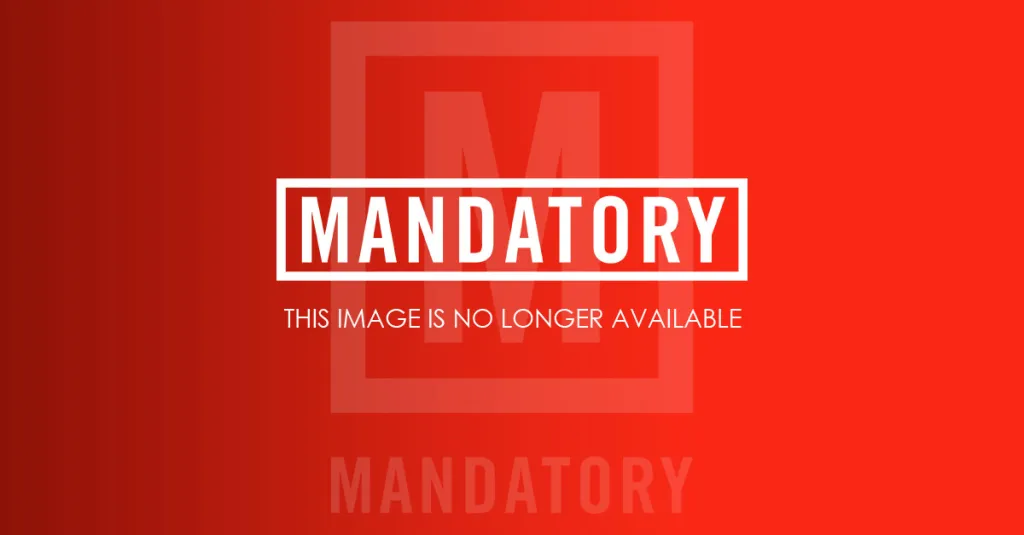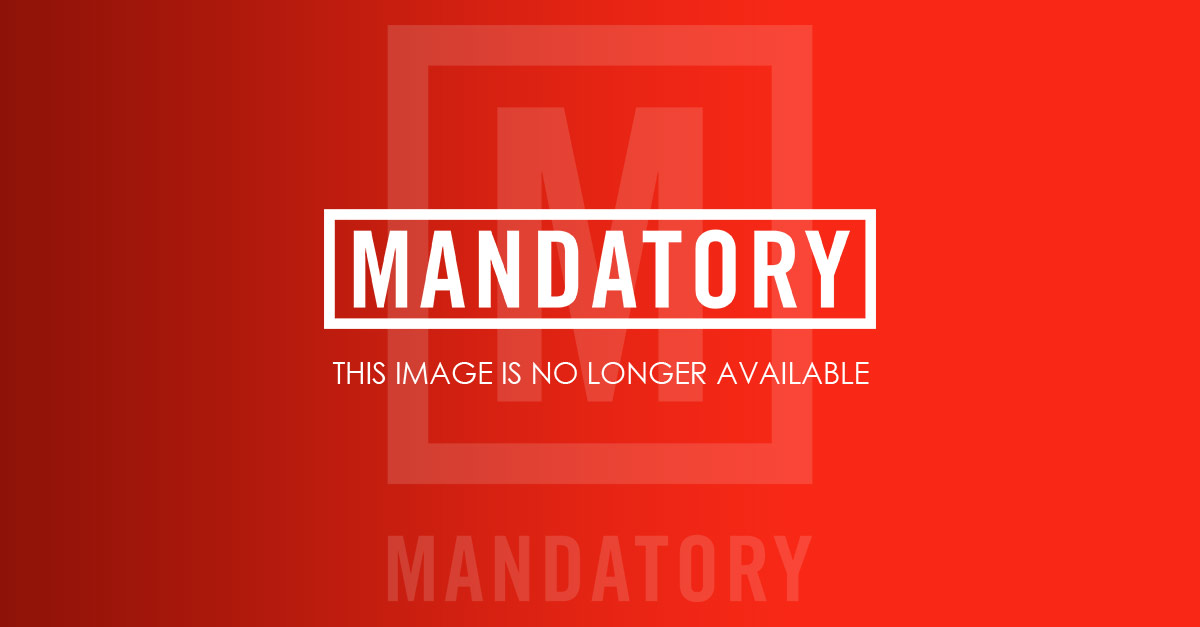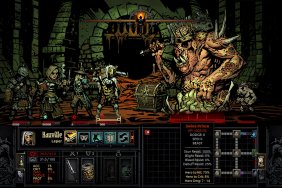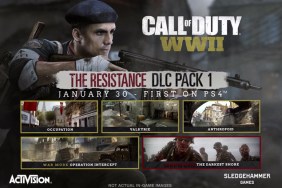The history of video game movie and television adaptations is a history of punishing failure, in which even the best examples of the medium – films like Warcraft, Mortal Kombat and Silent Hill – are merely decent genre flicks (and even that’s pretty debatable). But video game companies and movie studios keep trying anyway. So we’re hardly surprised to learn that Activision Blizzard is finally making plans to convert their mega-successful Call of Duty video game franchise into feature films and television.
We are, however, a little surprised that Activision Blizzard is currently planning a huge cinematic universe, comprising movie and television, spanning multiple eras of warfare and multiple perspectives on the wars themselves. Sure, fans of the Call of Duty games may be stoked about the prospect, but isn’t that counting a whole farm full of eggs before they’re hatched?
Stacey Sher and Nick van Dyk are the co-presidents of Activision Blizzard Studios. In a recent interview with The Guardian they laid out their ambitious new plans.
“We have plotted out many years,” Stacey Sher said. “We put together this group of writers to talk about where we were going. There’ll be a film that feels more like Black Ops, the story behind the story. The Modern Warfare series looks at what it’s like to fight a war with the eyes of the world on you. And then maybe something that is more of a hybrid, where you are looking at private, covert operations, while a public operation is going on.”
Stacey Sher and Nick van Dyk claim that the films and TV shows won’t adapt existing stories. Instead, van Dyk says, “It’s going to have the same sort of high-adrenaline, high-energy aesthetic as the game, but it’s not a literal adaptation. It’s a much more broad and inclusive, global in scope … a big, tentpole Marvel-esque movie.”

Activision Blizzard
The Call of Duty cinematic universe is relatively far along. Research has been conducted and scripts have reportedly already been written. Stacey Sher and Nick van Dyk say they are looking at the models that Disney is using for their Marvel Cinematic Universe and Star Wars franchises to determine what does and doesn’t work.
“If you look at Marvel, they started working when you had Robert Downey Jr as Iron Man, and real film-makers on board as well,” Sher added. “What I think made The Avengers so great was the writing and directing. You cared about those characters.”
Stacey Sher makes an excellent point. Without great characters a “cinematic universe” of Call of Duty movies would be indistinguishable from just a bunch of war movies. If you think about it, any war movie based on real events is technically in the same “cinematic universe.” Both Saving Private Ryan and The Thin Red Line both take place during World War II, after all. One could argue that American Sniper and The Hurt Locker take place in the same cinematic universe as well.

Activision Blizzard
In other words, the connective tissue between these films needs to be very strong if Activision Blizzard is going to justify calling their output a “cinematic universe.” If there isn’t a unique approach to the storytelling, and if there aren’t exciting characters that connect the films and shows, then Activision Blizzard is just slapping their name on real-life wars.
And that might not seem so bad but imagine if it had already happened. Would it have really been respectful to Black Hawk Down if they had called it Call of Duty: Black Hawk Down? Would you even be able to call it a video game adaptation?
Sure, the video games often tackle disparate events and characters but the connective tissue between the games goes beyond their content. The gameplay mechanics are a huge part of why the Call of Duty games sell so well. The plot doesn’t have to work terribly well, and the characters don’t have to be particularly fascinating. The gamer is shelling out money for the immediacy of the gameplay, the experience of the action.

Activision Blizzard
That system works great for games, but movies don’t have the same versatility. Nobody ever said “Monster Trucks had a laughable plot and ridiculous characters, but that doesn’t matter because the multiplayer is so good.” There’s no functionality beyond subjective engagement. So the plots have to be interesting. The characters have to be great.
So until we know whether the plots are interesting and the characters are great, the plan to start a Call of Duty cinematic universe isn’t terribly interesting, unless you are blindly loyal to the brand and assume everything that comes out of it must by definition be good. And we’ve seen time and time again that blind faith that video game adaptations will be good rarely (if ever) pays off.

Activision Blizzard
It’s actually hard, when you really stop and think about it, to get terribly excited about a movie studio announcing they’re going to make a bunch of war movies with plots and characters you know nothing about. Just imagine if that was the approach that was taken here. Imagine if Paramount had announced an ambitious cinematic universe set during various wars, based on no characters the audience was familiar with, without any filmmakers attached. Would that set social media on fire?
No? Then why would it mean anything that the words “Call of Duty” are getting slapped on them, especially from a studio with hardly any track record to speak of?
Obviously – OBVIOUSLY – we don’t know how these Call of Duty movies will turn out. They could be fantastic. (Heck, they might not even come out at all.) But it’s important to keep our expectations tempered. If they turn out great, that’s great. If not, we won’t have that stinging disappointment that comes from getting our hopes run through the shredder by a video game adaptation. AGAIN.
The 25 Most Influential Action Movies of All Time:
Top Photo: Activision Blizzard
William Bibbiani (everyone calls him ‘Bibbs’) is Crave’s film content editor and critic. You can hear him every week on The B-Movies Podcast and Canceled Too Soon, and watch him on the weekly YouTube series What the Flick. Follow his rantings on Twitter at @WilliamBibbiani.
The 25 Most Influential Action Movies of All Time
-
The Great Train Robbery (1903)

One of the most influential movies in any genre, Edwin S. Porter's The Great Train Robbery is credited as being one of the first long-form motion pictures (at a whopping 10 minutes!), and innovating such now-familiar techniques as location shoots and cross-cutting between two different scenes. The modern action genre - and pretty much every motion picture you've ever seen - wouldn't exist without this thrilling heist caper.
-
King Kong (1933)

Merian C. Cooper & Ernest B. Schoedsack's King Kong, the iconic tale of a giant ape kidnapped from his island of monsters and taken to New York City in chains, falling in love with the beautiful Fay Wray in the process, was an enormous step forward in visual effects, combining still-impressive stop-motion animation (courtesy of Willis O'Brien) with live-action actors, and a score by Max Steiner that synchronized with the action, a technique swiftly appropriated and still used today. This is the birth of the VFX blockbuster.
-
The 39 Steps (1935)

The already prolific thrill master Alfred Hitchcock tore up the box office with this, one of his first (and still one of his best) "wrong man" thrillers, starring Robet Donat as a bystander who falls prey to a secret society of spies after he's framed for murder. Chases across the countryside, the love interest who refuses to believe his story, and the constant ratcheting of suspense made The 39 Steps an enormous financial success that helped define the action thriller for decades to come.
-
Stagecoach (1939)

How's this for one of the most influential films ever made? John Ford's firecracker western, starring John Wayne as an outlaw teaming up with a mismatched band of travellers to fend off attacks on their stagecoach, was watched by Orson Welles over 40 times while he was making Citizen Kane, one of the most influential dramas ever made. Stagecoach's cavalry charges, tense set pieces and the combination of real locations and studio sets continue to influence the action genre to this day.
-
Seven Samurai (1954)

Akira Kurosawa didn't just influence the modern action genre, he essentially defined it with Seven Samurai, a men on a mission movie that matched nobility with cynicism, thrilling and epic fight sequences with macho character arcs, and even spawned innovations as simple as cutting between slow-motion and normal frame rates to increase suspense. Frequently referenced, and sometimes outright remade, but never, ever topped.
-
Yojimbo (1961)

After inventing the "men on a mission" movie and inventing new cinematic language for action sequences, Akira Kurosawa directed yet another influential masterpiece in Yojimbo, a subversion of white-hat Hollywood western tropes featuring an amoral antihero laying waste to two rival gangs in feudal Japan. The then-extreme violence and striking, noirish protagonist inspired spaghetti westerns and Hollywood hero films to follow suit with more complex stories, more conflicted heroes and darker action movies overall.
-
From Russia with Love (1963)

Movie audiences first met James Bond in 1962's Dr. No, a slower-paced but effective spy thriller that spawned this superior sequel that redefined the way fight sequences were filmed. Director Terence Young and editor Peter R. Hunt used rapid cutting and striking angles to make the final duel between Bond (Sean Connery) and his nemesis Grant (Robert Shaw) stand out from endless fist fights shot in long takes without flourish or, frankly, often much excitement. Other filmmakers took notice, and the approach quickly became the standard.
-
Goldfinger (1964)

After reinventing the fight scene in From Russia With Love, the James Bond genre reinvented the action thriller with Goldfinger, the kind of big, brassy, go for broke, macho fantasy action adventure that became synonymous with the franchise until the 2006 remake of Casino Royale. For many, Goldfinger came to represent the very idea of cinematic male power fantasies, and swiftly became the boilerplate for many films in the mainstream action genre.
-
Bullitt (1968)

Car chases were not car chases until Peter Yates' Bullitt, which featured a nearly 11-minute car chase using real locations and speeds of up to 110 mph. Before Bullitt, car chases relied on rear-projection. After Bullitt, the "you are there" realism became the norm, spawning every cool car chase that follow, from 1969's The Italian Job to 1971's The French Connection to every other car chase you probably love to death. The rest of the movie is pretty good too.
-
Dirty Harry (1971)

Clint Eastwood had played antiheroes before, particularly in films directly or indirectly inspired by Akira Kurosawa's samurai movies, but Don Siegel's Dirty Harry was a new entity, a post-Miranda Rights pseudo-vigilante who defended the innocent even if doing so made him act a little villainous (especially by old school Hollywood standards). The action genre gradually evolved into one filled with renegade cops and other urban heroes who played by their own rules.
-
King Boxer (1972)

Bruce Lee gets most of the credit (we'll get to him in a second), but Chang Ho Cheng's King Boxer introduced American audiences to the Chinese martial arts genre for the very first time in 1973, when it was released under the flashier title Five Fingers of Death. The film's success with western audiences inspired an influx of kung fu movies, paving the way for the superstardom of Bruce Lee and directly inspiring the works of Quentin Tarantino and beyond.
-
Enter the Dragon (1973)

Bruce Lee was already blowing up with hit films like The Big Boss and Fist of Fury, but the east-meets-west fight tournament spectacular Enter the Dragon was the film that cemented him as a timeless action icon, brought Americans like John Saxon and Jim Kelly into the mix, and proved that Chinese martial arts had a permanent place in the mainstream American action genre that continues, in various forms, today.
-
Star Wars (1977)

The pervasive influence of George Lucas's original Star Wars cannot be understated, transforming action-adventures into lucrative marketing franchise, ushering in a new age of visual effects and teaching Hollywood that the types of sci-fi/fantasy stories previously relegated to cheap serials and kids TV shows were now four-quadrant, reliable blockbuster material.
-
Project A (1983)

Jackie Chan was already a big deal in China thanks to the success of films like Drunken Master, and it would take another decade for mainstream American audiences to accept him as their action icon as well, but Project A was in many respects his real gamechanging, codifying the kung fu comedy genre and featuring stunts that placed the film's actual actors in danger to thrill audiences and make certain that Hollywood's usual, safety-conscious techniques wouldn't impress anybody anymore.
-
Die Hard (1988)

Directly responsible (as you might expect) for the popular "Die Hard in a [Blank]" genre - which features heroes in confined spaces fighting off disproportionate numbers of bad guys - Die Hard also proved that action movies could have a real heart, thanks to a then-unexpected heroic turn from comedy actor Bruce Willis and real character-driven drama driving the thrills.
-
Batman (1989)

Superman: The Movie was the first big blockbuster comic book movie, but it mostly inspired other Superman movies. Tim Burton's original Batman forced moviegoing audiences to take costumed crimefighters seriously, ushering in a new wave of operatic cinematic pulp heroes, and directly inspired "Batman: The Animated Series," which transformed animated superhero storytelling for western audiences. The modern superhero genre begins here.
-
The Killer (1989)

John Woo started developing his special blend of melodrama, masculine introspection and balletic gunplay with the likewise excellent A Better Tomorrow movies, but his magnum opus The Killer (and its follow-up, Hard Boiled) transformed movie gun fights from take-cover standoffs and short bursts of violence into handsomely choreographed set pieces all their own. "Gun fu" was here to stay.
-
Terminator 2: Judgment Day (1991)

James Cameron's groundbreaking combination of practical effects, smart storytelling and CGI creations opened up a whole new world for visual effects in the action genre and beyond, setting a new gold standard for VFX and setting in motion a filmmaking revolution that led to Jurassic Park and beyond.
-
Cutthroat Island (1995)

Not every influential movie has a "positive" influence. Renny Harlin's mega-bomb Cutthroat Island lost around $100 million, bankrupted CarolCo Pictures (despite previous mega-hits like Total Recall, Terminator 2 and the original Rambo trilogy), and taught Hollywood two unfortunate lessons: 1) that the pirate genre was dead, and most egregiously 2) that audiences weren't interested in female action heroes, setting gender roles in the action genre back to this very day.
-
Blade (1998)

After the notorious failure of Batman & Robin the year previous, Hollywood had just about given up on superhero movies. But then a modestly-budgeted vampire flick based on a largely unknown hero made an unusual amount of money, proving that there was potential for any superhero to break into the mainstream, not just the biggest icons. All of a sudden, the playing field was open to films featuring heroes other than Batman and Superman, and Marvel's massive film library was being exploited left and right to mimc Blade's success. Most of those Marvel movies made money, and the rest was history.
-
Star Wars: Episode I - The Phantom Menace (1999)

The Matrix may have seemed like the big action movie gamechanger from 1999, sweeping the technical Academy Awards and making audiences worldwide go "whoa," but its influence - apart from mostly-lame bullet time rip-offs - has actually been fairly minimal. The influence of The Phantom Menace has been, in contrast, nearly incalculable. Now, sci-fi/fantasy environments were suddenly being made entirely in computers, motion-captured CGI creations were getting equal screen time with human stars, and theaters across the country were shifting to digital projection.
-
The Lord of the Rings: The Fellowship of the Ring (2001)

Before The Lord of the Rings, studios made one action movie and then just hoped for the best. But Peter Jackson's enormous gamble to shoot three films simultaneously paid off, meaning New Line had one guaranteed blockbuster after another for years without having to worry about waiting for their actors' schedules to line up or concoct a new screenplay. Long-term franchise planning became par for the course for films based on already successful properties, transforming the production paradigm.
-
Spider-Man (2002)

Superhero movies were already making headlines and lots of money before 2002, but Sam Raimi's Spider-Man shot the genre into a new direction, emphasizing character and romance and attracting audiences far and wide, not just the geeky target demographic. After one of the biggest opening weekends of all time, Hollywood began to not just make superhero movies, but make them the driving force of their tentpole summer releases and, by extension, the most visible, reliable action subgenre around.
-
The Bourne Identity (2002)

Hollywood was starting to take superhero movies seriously, so why not spies? Doug Liman's drastic reimagining of The Bourne Identity emphasized realistic action and psychologically tormented heroes, and it success (combined with hit follow-ups The Bourne Supremacy and The Bourne Ultimatum) forced every mid-range action thriller - and particularly anything to do with espionage - to respond in kind. Batman Begins would be the Bourne Identity of superhero movies, Casino Royale would bring Bond back to his roots by playing off of a supposed imitator. Doug Liman's film is still the template on which hardboiled thrillers are based.
-
Avatar (2009)

James Cameron's Avatar did for 3D what George Lucas's Star Wars prequels did for digital distribution, forcing cinematheques worldwide to adopt a new technology to attract event-loving audiences, immerse them in fantastic worlds and inflate ticket prices to compensate for otherwise dwindling theatrical turnouts. Every four-quadrant movie, it seems, now has to be distributed in 3D (even if they weren't filmed that way) to make exta money and justify the global technological changeover. And a new era of blockbusters officially began.








